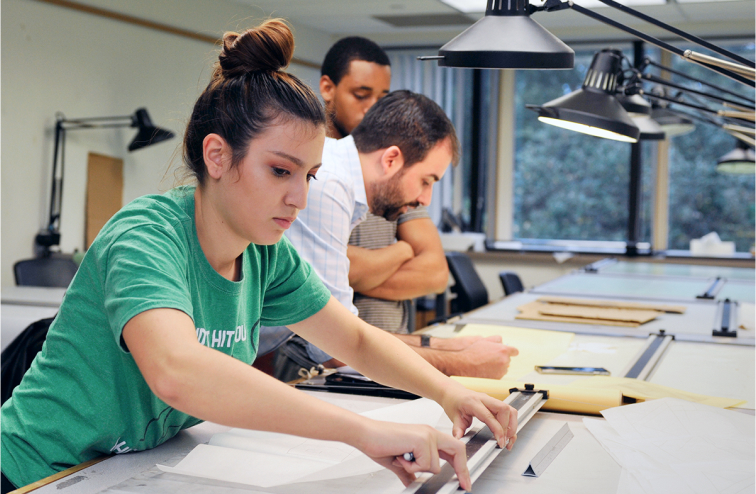April 22, 2024 | News Story
NEW! NJ Pathways Monthly Newsletter (4/24)
NJ Pathways UNITES Industry and Education Experts to Break Down Silos for True Collaboration
Find your community college
Building Pathways to
New Jersey’s Community Colleges and the New Jersey Business and Industry Association (NJBIA) have joined together to launch an unprecedented education and training pathways initiative that will strengthen the state’s workforce for residents, businesses, and the state’s economy for years to come.
NJ Pathways
NJ Pathways
Working With the Governor and State Legislature
Working With the Governor and State Legislature
The NJ Pathways Initiative is comprised of four Industry Collaboratives which are inclusive groups of industry leaders and educational partners across the state focused on the four key industries of the state’s economy:
(1) Health Services, (2) Infrastructure and Energy, (3) Manufacturing and Supply Chain Management, and (4) Technology and Innovation.
The NJ Pathways Initiative has changed the focus of the education and workforce training ecosystem on industry needs to expand economic mobility for students and adult learners, as well as drive economic growth for the state’s employers.
Unite
Industry and education experts to break down silos for true collaboration
Establish
Education and career pathways for residents in the four fastest-growing industries
Position
To build a skilled workforce that can adapt to the changing economy
Ensure
A more resilient, equitable, and fairer economy for all residents
Industry Collaboratives
Build a talent ecosystem based on collaboration and information to expand economic mobility opportunity and drive economic growth.
Centers of Workforce Innovation
Build pathways with aligned curriculum shared across educational partners to serve the learning lifespan of students and workers.
The key industries within our Centers of Workforce Innovation make up 33% of actual employment in New Jersey in 2028.
Occupations within our Centers of Workforce Innovation are projected to grow at a faster rate than all other occupations in New Jersey by 2028.
Community College Locator
No results found for this ZIP code.
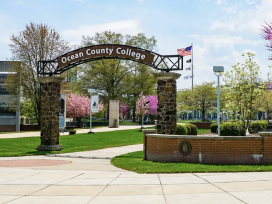
Ocean County College
1 College Dr, Toms River, NJ 08754, United States
Phone: 732-255-0482
Email: hub@ocean.edu
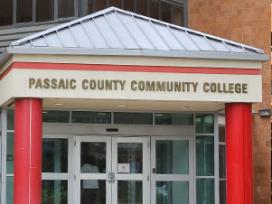
Passaic County Community College
1 College Blvd, Paterson, NJ 07505, United States
Phone: (973) 341-1600
Email: admissions@pccc.edu
Website: https://pccc.edu/admissions/
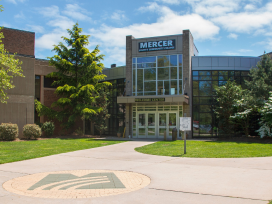
Mercer County Community College
1200 Old Trenton Rd, West Windsor Township, NJ 08550, United States
Phone: 609-586-4800
Email: admiss@mccc.edu
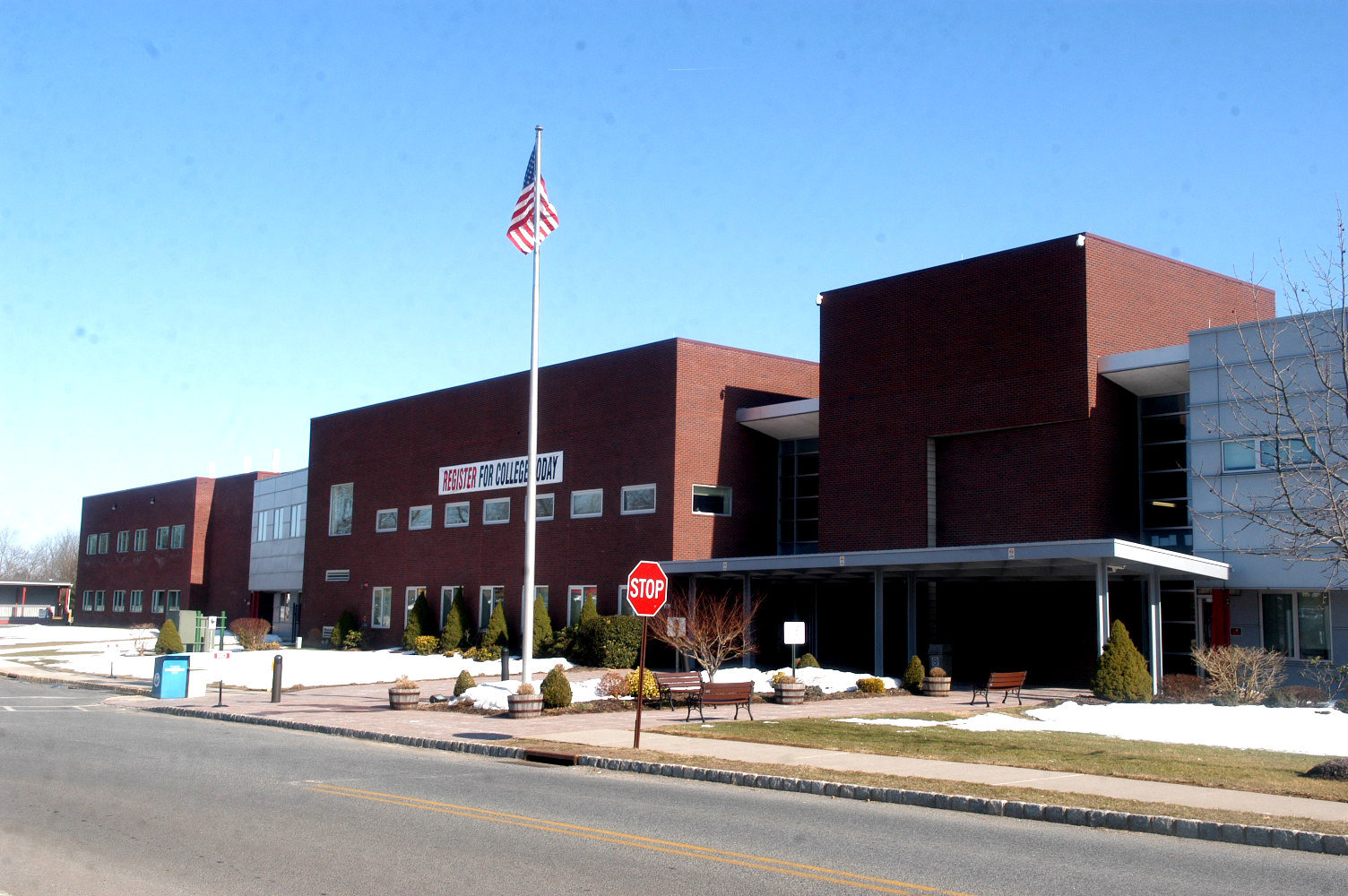
Warren County Community College
475 NJ-57, Washington, NJ 07882, United States
Phone: (908) 835-2300
Email: StudentServices@warren.edu

Hudson County Community College
70 Sip Ave, Jersey City, NJ 07306, United States
Phone: (201) 714-7200
Email: col@hccc.edu
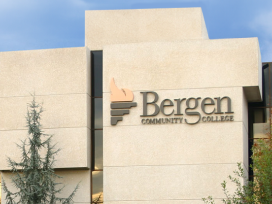
Bergen Community College
400 Paramus Rd, Paramus, NJ 07652, United States
Phone: (201) 447-7200
Email: admissions@bergen.edu
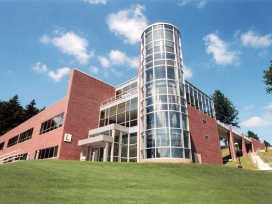
Sussex County Community College
1 College Hill Rd, Newton, NJ 07860, United States
Phone: 973-300-2223
Email: admissions@sussex.edu
Website: https://www.sussex.edu/admissions/
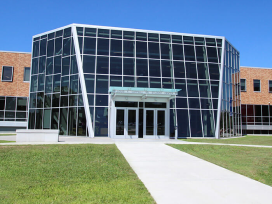
Camden County College
200 N Broadway, Camden, NJ 08102, United States
Phone: (856) 227-7200
Email: admissions@camdencc.edu
Website: https://www.camdencc.edu/admissions-financial-aid/how-to-apply/
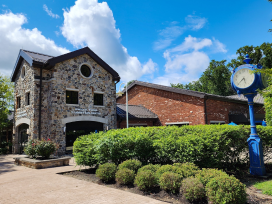
Brookdale Community College
765 Newman Springs Rd, Lincroft, NJ 07738, United States
Phone: 732-224-1857
Email: admissions@brookdalecc.edu
Website: https://www.brookdalecc.edu/admissions/getting-started/
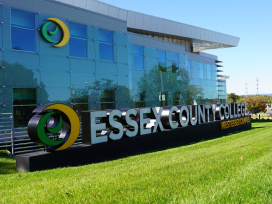
Essex County College
303 University Ave, Newark, NJ 07102, United States
Phone: (973) 877-3186
Email: ESX@essex.edu
Website: https://www.essex.edu/admissions/
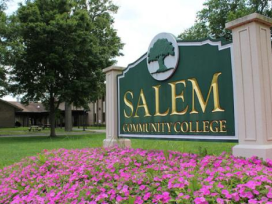
Salem Community College
460 Hollywood Ave, Carneys Point, NJ 08069, United States
Phone: 856-299-2100
Email: admissions@salemcc.edu
Website: https://www.salemcc.edu/admissions
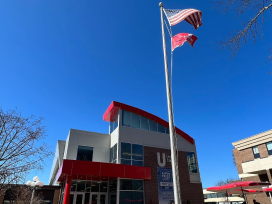
Union College of Union County, NJ
1033 Springfield Ave, Cranford, NJ 07016, United States
Phone: 908-709-7590
Email: denisa.klinkova-bace@ucc.edu
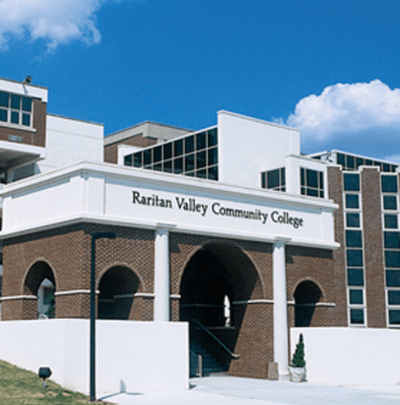
Raritan Valley Community College
118 Lamington Rd, Branchburg, NJ 08876, United States
Phone: 908-526-1200
Email: admissions@raritanval.edu
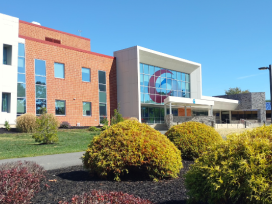
Atlantic Cape Community College
5100 Black Horse Pike, Mays Landing, NJ 08330, United States
Phone: (609) 343-5000
Email: admissions@atlantic.edu
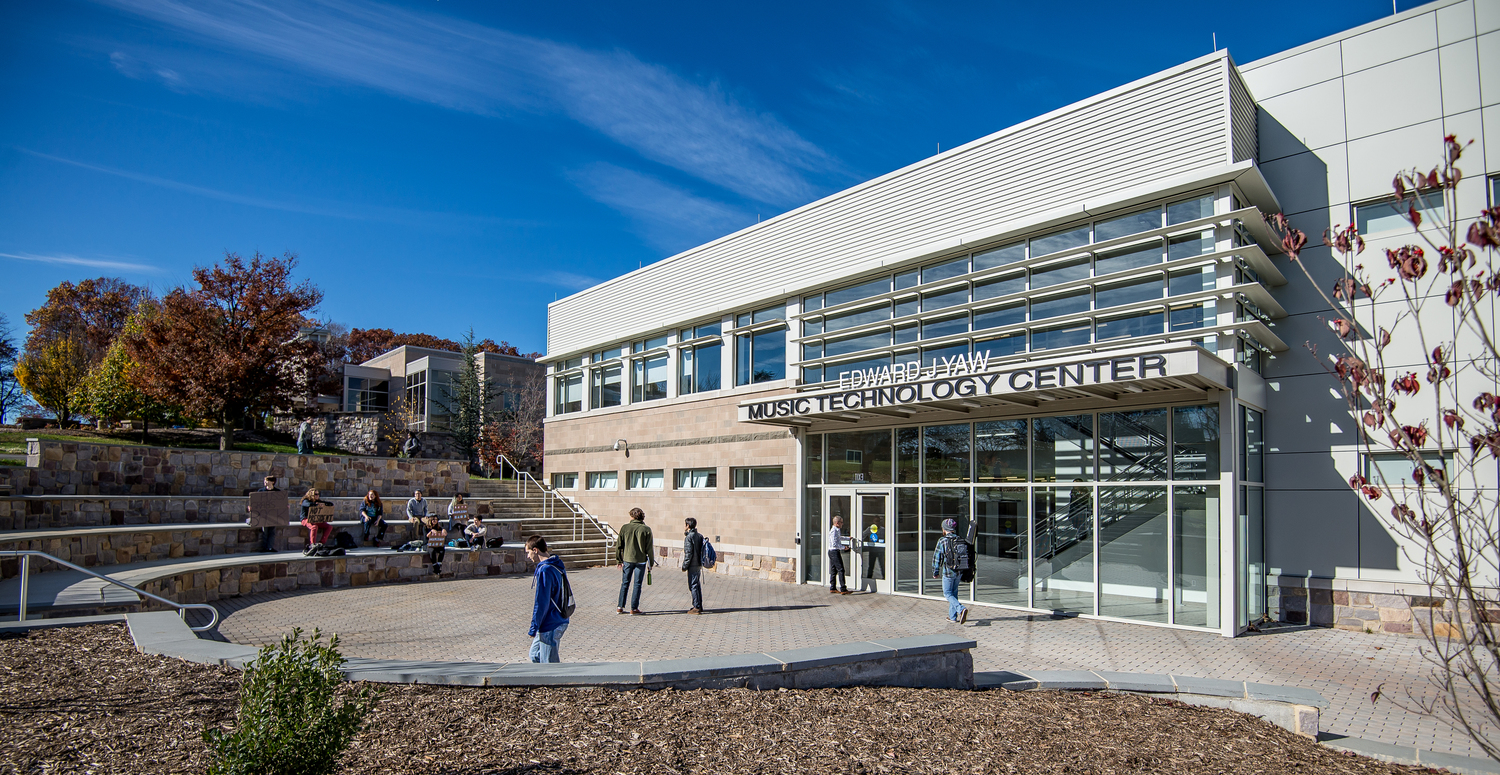
County College of Morris
214 Center Grove Rd, Randolph, NJ 07869, United States
Phone: 973-328-5100
Email: admiss@ccm.edu
Website: https://www.ccm.edu/admissions/
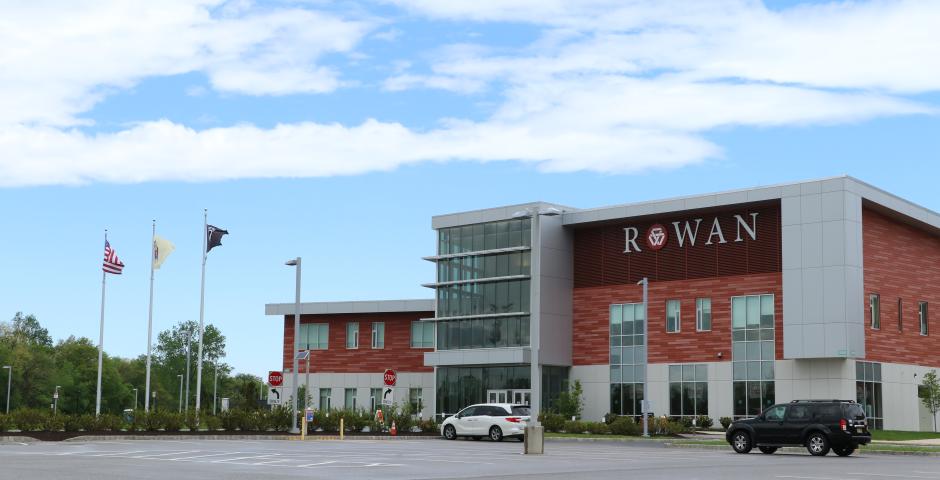
Rowan College at Burlington County
900 College Circle, Mount Laurel, New Jersey 08054
Phone: (856) 222-9311, ext. 1199
Email: admissions@rcbc.edu
Website: https://www.rcbc.edu/admissions
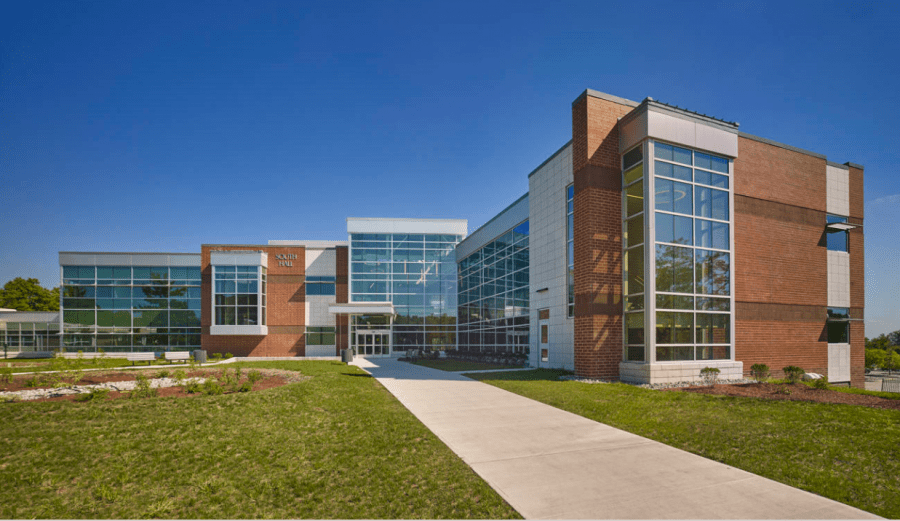
Middlesex College
2600 Woodbridge Avenue, Edison, NJ 08818
Phone: 732-548-6000

Rowan College of South Jersey
1400 Tanyard Road, Sewell, NJ 08080 (Gloucester); 3322 College Drive, Vineland, NJ 08360 (Cumberland)
Phone: 856-200-4848
Email: admissions@rcsj.edu
Website: https://www.rcsj.edu/apply
